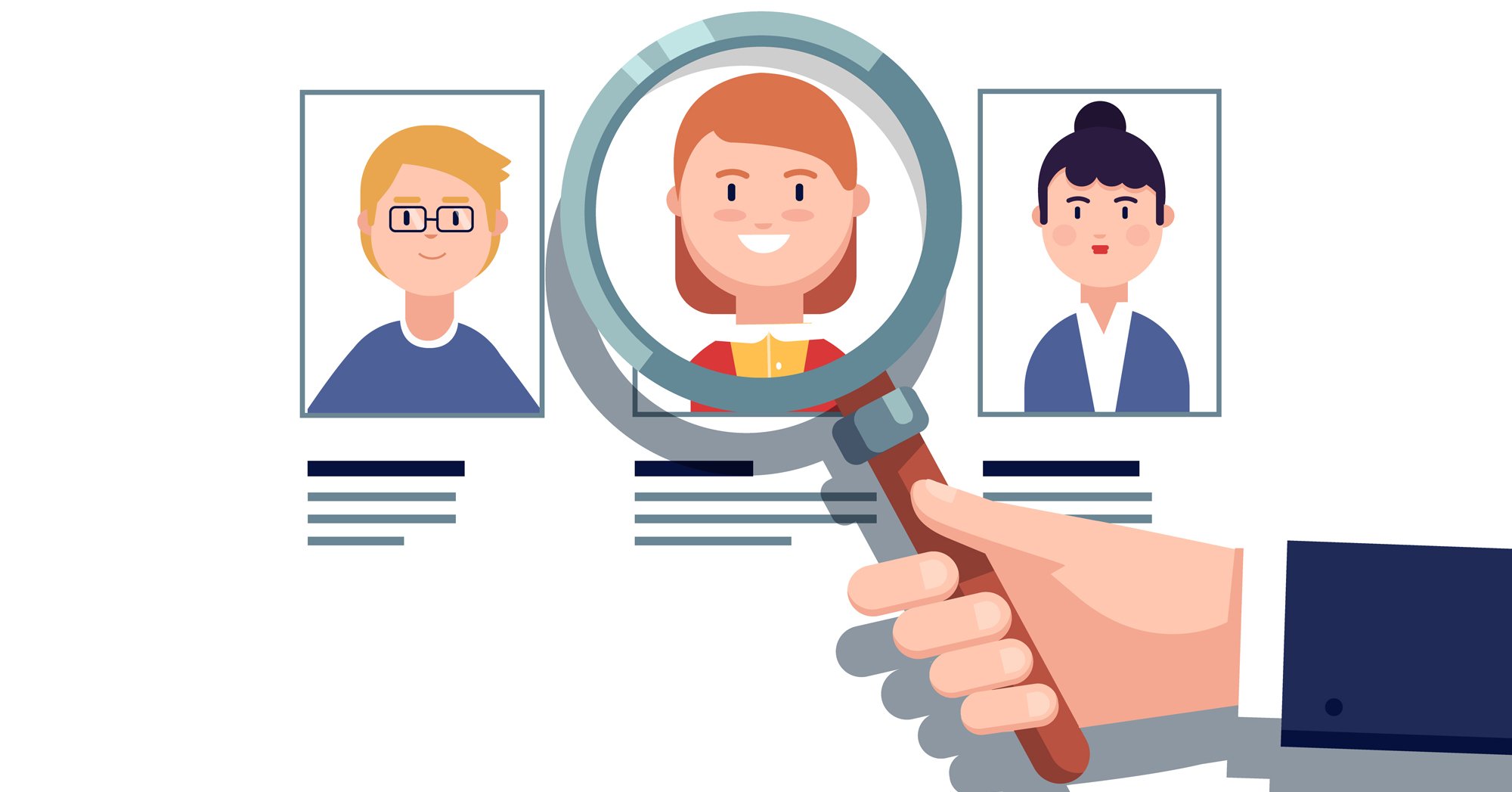74% of consumers feel frustrated when website content is not personalized.
Relevance is key to keep customers engaged, especially at the critical points of site or cart abandonment. By making your customers feel like you are talking to them directly, and not just displaying a generic message, they are more likely to continue interacting with your site.
To do this, it is critical to segment and target your solution based on their specific interests and onsite behavior. Show your customers a personalized message, visual, or promotion best suited to get their attention, and persuade them to complete their transaction.
- Segmentation
To show relevant content and features, you need to segment your audience with criteria filters to target your customers.
- Geolocation – Promote location-specific products and events. For example, point out international shipping information for customers located outside the US.
- Onsite interest and behavior – Show additional products that a customer could be interested in based on the items they viewed, or the content of their cart.
- Cart value - Offer customers a promotion or incentive based on the value of their cart.
- Stage in the buying process – Show different messages and promotions based on where in the sales funnel your customers are (bottom, middle, or top). This approach allows you to help your customer better navigate their journey and provides a better user experience.
- New vs. repeat customers - Create specific promotions for first time buyers since less than 1% of shoppers convert on their first visit. Also, show appreciation to repeat customers with loyalty rewards and special promotions. Build a strong relationship between your customers and your brand.
In addition to personalizing your messaging and promotions, also customize the creatives used for onsite engagement. Choose visuals that will resonate with your audience segments. For example, if your client buys soccer gear on your site, show them imagery with soccer stars.
- Dynamic Personalization
Accenture found that 56% of people are more likely to buy from a brand that knows them by name. Personalize your onsite engagement solution with dynamic elements as customers interact along their user journey on your site.
- Customer information – Create more personal engagement by capturing customer information in real-time and using it in your messaging. Examples of dynamic content include client’s first name, their destination, the products they viewed, their location, etc.
- Best-selling products – Promote customer favorites, trending products, or complementary items to generate interest and increase your Average Order Value. You are not only showing them products they might have missed, but also creating desire for additional goods.
- Browsing history – Provide a history of what your customers viewed on your site. After browsing multiple pages, it can be useful to remind customers of what pages and products they viewed.
- Cart content – Remind customers of what they placed in their carts to prompt them to complete their purchase.
- Stock availability – 68% of millennials have purchased due to FOMO within a 24-hour window. Create a sense of urgency by letting customers know how many items are left for the products they are interested in.
- A/B Testing
Use A/B testing to optimize your campaign, and measure the impact of different personalization strategies. You can test alternative promotions, messaging, CTAs, copy, creatives, and videos used in your onsite engagement solution.
By always testing elements of the campaign, you will be able to optimize segmentation, messaging, promotions, and creatives to engage your audience and ensure a successful campaign.


